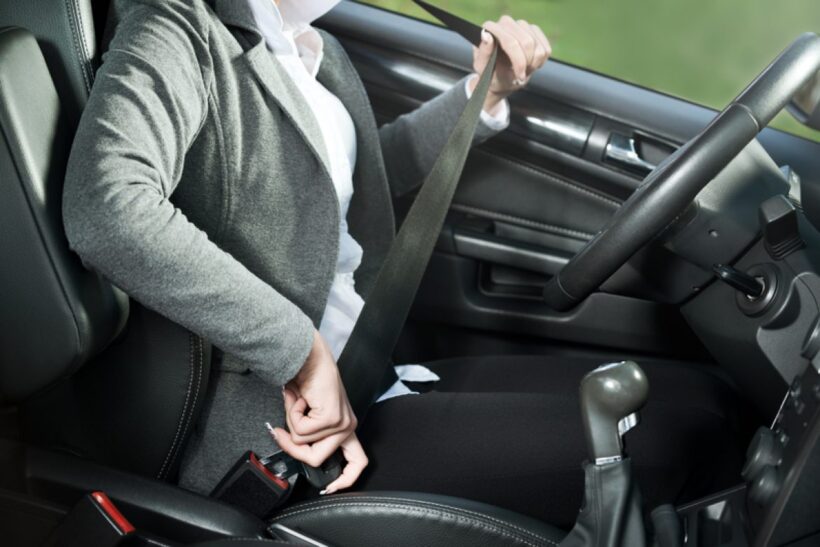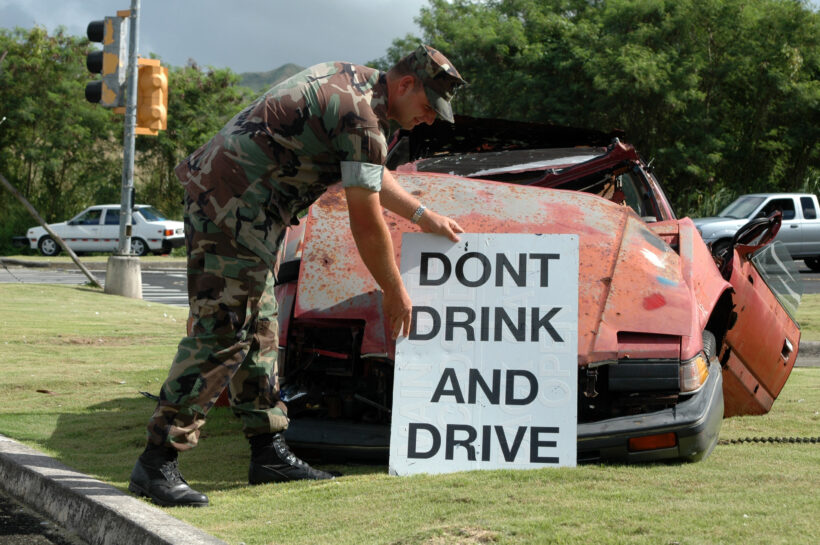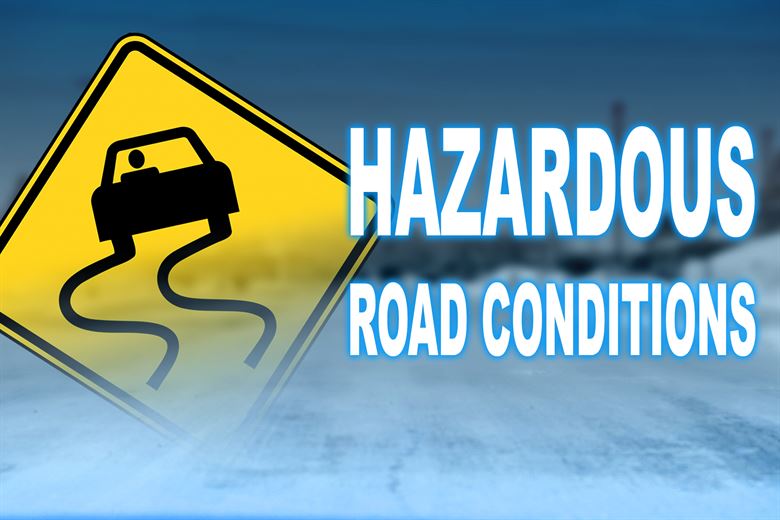Today’s cars are getting safer, largely due to impressive mechanical innovations but also due to the sheer volume of advertising and public awareness campaigns over the last few decades. Due to these advancements in road safety, the accident fatality rate has reduced.
Despite these achievements, there are still far too many road fatalities in America every year. The number one way to prevent these accidents is to have more aware drivers, which will reduce human error and lessen the risk of being involved in an accident.
The best way to reduce your risk is to practice the safest driving habits. That applies to seasoned drivers as well as new ones.
Below are some of the basic rules for dealing with road hazards; they will help to keep you and your passengers safer on the roads and bring them home unharmed:
1. Maintain Safe Following Distance

Maintaining a safe following distance is a fundamental aspect of responsible driving. This practice, recommended by safe driving guidelines, is essential for preventing accidents and ensuring the safety of both the driver and other road users. By leaving ample space between your vehicle and the one ahead, you create a buffer that grants you crucial reaction time in case of unexpected stops or turns. The “three-second rule” simplifies this concept, allowing you to gauge distance by ensuring your car takes three seconds to pass a fixed point after the preceding vehicle does.
This rule becomes even more significant at night or in adverse weather conditions. When visibility is compromised, extending the gap to a six-second interval offers a higher level of security. This approach helps counteract reduced traction and increased stopping distances. Adhering to these guidelines showcases responsible driving behavior and contributes to overall road safety. By consistently maintaining a safe following distance, drivers can greatly reduce the risk of rear-end collisions and contribute to a safer and more harmonious traffic environment for everyone.
2. Be Weather Cautious
Being weather cautious while driving is paramount, especially in challenging conditions like heavy rain or icy roads. Adjust your driving speed considerably below the limit if needed and ensure a larger gap between your vehicle and the one ahead. This precaution grants you extra time to react to potential hazards. Vigilance is crucial while navigating curves or bends, as road surfaces may be slippery. Avoid abrupt maneuvers that could lead to loss of control. Prioritizing caution in adverse weather contributes to your safety and the safety of others on the road.
If you can’t see the road due to increased rain, sunlight, or snowfall, find a safe place off the road to wait it out. Don’t stop alongside the road during storms – that poses more of a risk of being hit by someone else who has reduced vision.
3. Stay Focused

Numerous studies conducted by researchers highlight a disturbing statistic: over 20 percent of road accidents stem from fatigue and lethargy as contributing factors. Tragically, these incidents result in hundreds of preventable deaths annually. Maintaining focus is paramount for safe driving and evading road hazards. It’s vital to abstain from phone use while behind the wheel and to embark on driving only when well-rested. Eliminating distractions holds the key, which encompasses refraining from eating and drinking while driving. By recognizing the grave impact of driver fatigue and adhering to these precautions, we can collectively mitigate accidents, saving lives and fostering a safer road environment.
Always keep your eyes on the road and your hands on the wheel. If you are involved in a car accident, consult a car accident lawyer as soon as possible.
4. Take an Advanced Driving Course
There are multiple advantages to being an advanced driver, including a potential reduction in your insurance premium. With innovative methods, drivers can learn how to respond better to hazardous encounters on the road.
Taking an advanced driving course will make you a more observant and safer driver. Advanced driving techniques include giving drivers the ability to effectively react to challenges on the road. These courses include valuable techniques such as defensive driving, which helps you develop the skills to best control and position your vehicle while conforming to the rules of the road.
5. Always Wear a Seatbelt

Seat belts stand as life-saving devices that play a crucial role in safeguarding individuals during accidents. By keeping occupants securely in place, they avert the risk of being thrown within the vehicle or ejected through the windshield during a collision. The potential impact is significant, as wearing seat belts consistently could potentially thwart thousands of fatalities each year.
The simple act of buckling up significantly enhances the chances of survival and minimizes injury severity. Car crashes are unpredictable, and even low-speed collisions can have devastating consequences without proper restraint. Embracing the practice of always wearing seat belts is a proactive step toward personal safety and responsible driving. By recognizing the critical role seat belts play in preventing harm, we can actively contribute to reducing road fatalities and ensuring a safer environment for all road users.
Wearing your seat belt will give you the confidence to navigate around and through the hazards on the road, allowing you to feel safer behind the wheel.
6. Don’t Drink and Drive

“Don’t drink and drive” is a crucial mantra for road safety. While enjoying a couple of drinks may seem harmless, operating a vehicle under the influence can lead to severe consequences. Not only does it risk legal repercussions, including jail time and fines, but it also endangers lives through accidents and potential fatalities.
Alcohol impairs your ability to react swiftly and appropriately to road hazards. This diminished reaction time increases the likelihood of accidents, putting your life and the lives of others at risk. Even if no injuries occur, first-time offenders can face substantial fines. In some states, stringent measures like ignition-locking devices are mandatory for those convicted of drunk driving, ensuring the car won’t start if the driver’s blood alcohol content exceeds the legal limit.
Resisting the urge to drive while intoxicated is vital, as this mistake can lead to dire consequences that are challenging to overcome. Prioritizing the safety of oneself and others by finding alternative transportation after drinking demonstrates responsible decision-making and contributes to a safer road environment for everyone.

